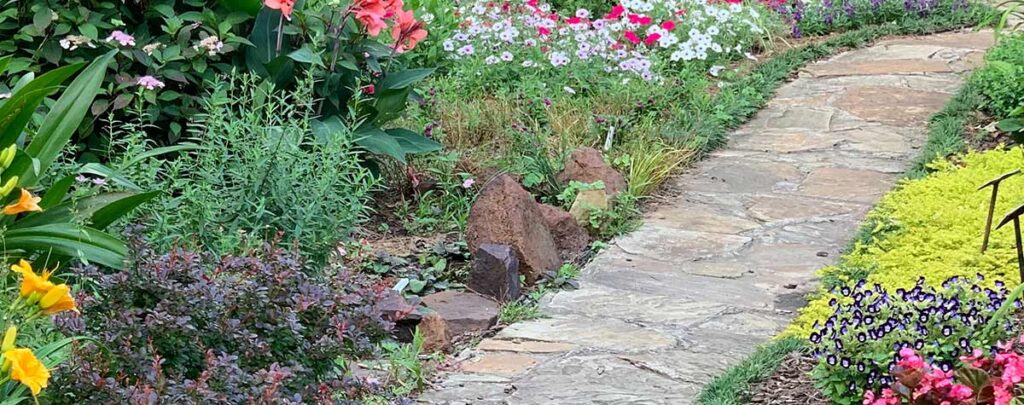
Introduction to Outdoor Walkway Materials
When it comes to materials for outdoor walkways, there are a few things to consider. The type of material you choose will depend on the look you want to achieve, as well as the function of the walkway. Here is a guide to some of the most popular materials for outdoor walkways:
Brick: Brick is a classic choice for outdoor walkways. It is durable and easy to maintain, and can be used to create a variety of looks.
Concrete: Concrete is another popular choice for outdoor walkways. It is affordable and easy to install, and can be customized with a variety of colors and finishes.
Gravel: Gravel is a great option for low-maintenance walkways. It is affordable and easy to install, and can be used to create a natural or rustic look.
Flagstone: Flagstone is a beautiful option for outdoor walkways. It is durable and easy to maintain, but can be more expensive than other options.
Brick: Advantages and Disadvantages
Concrete: Advantages and Disadvantages
Gravel: Advantages and Disadvantages
Flagstone: Advantages and Disadvantages
Flagstone offers a natural look for your outdoor walkway that can be very appealing. However, there are some disadvantages to using flagstone that you should be aware of before making your final decision.
One of the disadvantages of flagstone is that it can be slippery when wet for certain types of stone. Additionally, flagstone is a bit more expensive than other materials like concrete or gravel.
Another downside to flagstone is that it is a porous material, which means it can absorb stains and dirt more easily than other materials. This means you will need to clean it more often to keep it looking its best. Flagstone can crack and chip over time due to weathering and foot traffic. While this isn’t necessarily a deal-breaker, it is something to keep in mind when choosing flagstone for your walkway.

